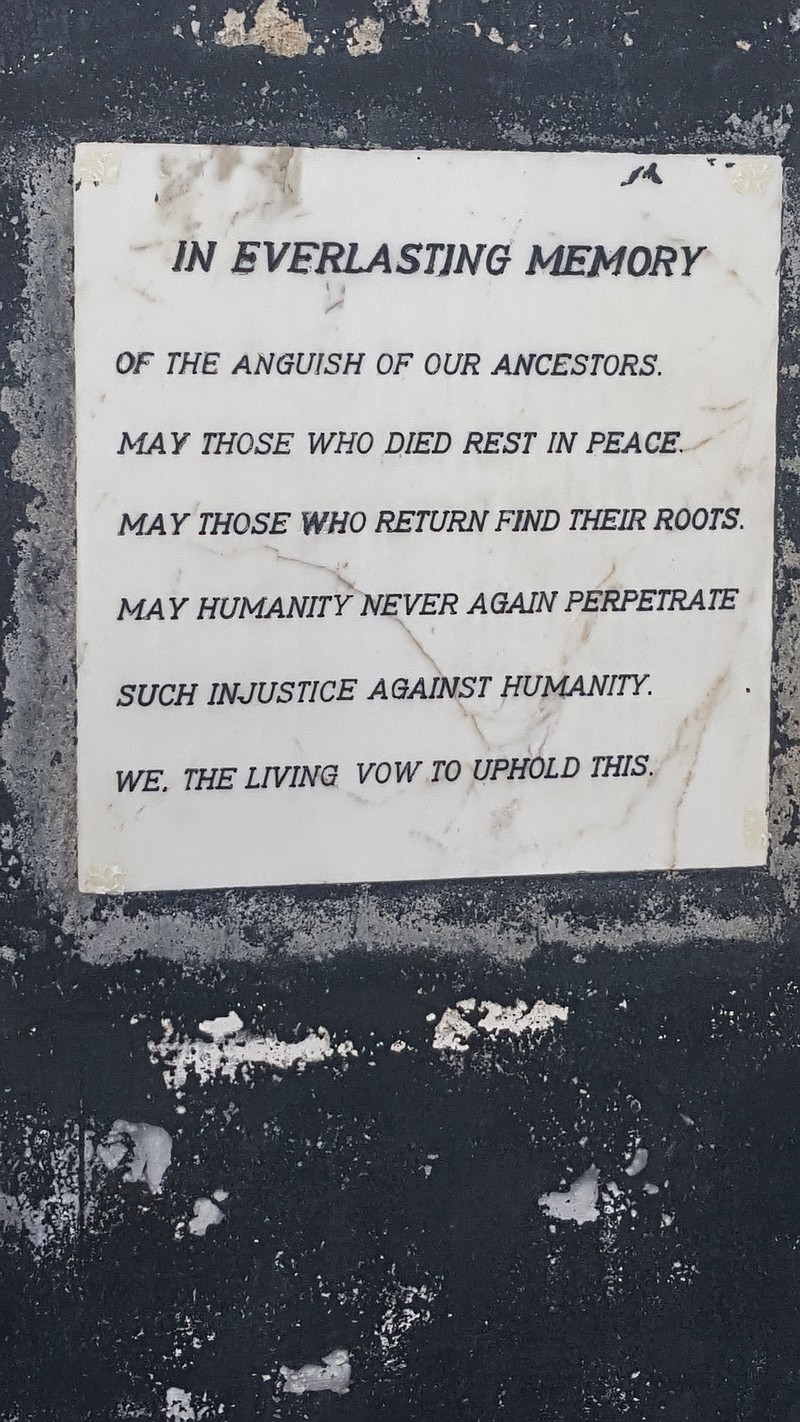In November, four Chattanooga residents traveled together to Ghana's Cape Coast, determined to deepen their understanding of the events that first brought enslaved Africans to the shores of what is now the United States in 1619. They visited two slave castles where thousands of Africans were held captive and spent their final moments on their home continent before they were forced onto ships and into fates they could not imagine.
Pausing at the Door of No Return at the Elmina slave castle, Lakweshia Ewing placed her hand on the stone and prayed.
"Our guide was explaining how people were pushed out of that door onto ships, not knowing where they were going or if they would ever be back," Ewing said. "I just imagined their hands holding onto that rock and I held on and started to pray for the souls of those people."
The 400th anniversary of the arrival of enslaved Africans on these shores felt like a crucial moment to make the pilgrimage to Ghana, Ewing said. "For us as African Americans, to be able to come back at our own choice when our ancestors were taken, we were adamant about making that part of our memories."
Ewing and James McKissic shared their memories and perspectives from the trip in the following essays:
McKissic: Passing through the 'Door of No Return' stirs pain and pride for African Americans
Ewing: Visiting the location of slave departures 'one of the most humbling experiences'
